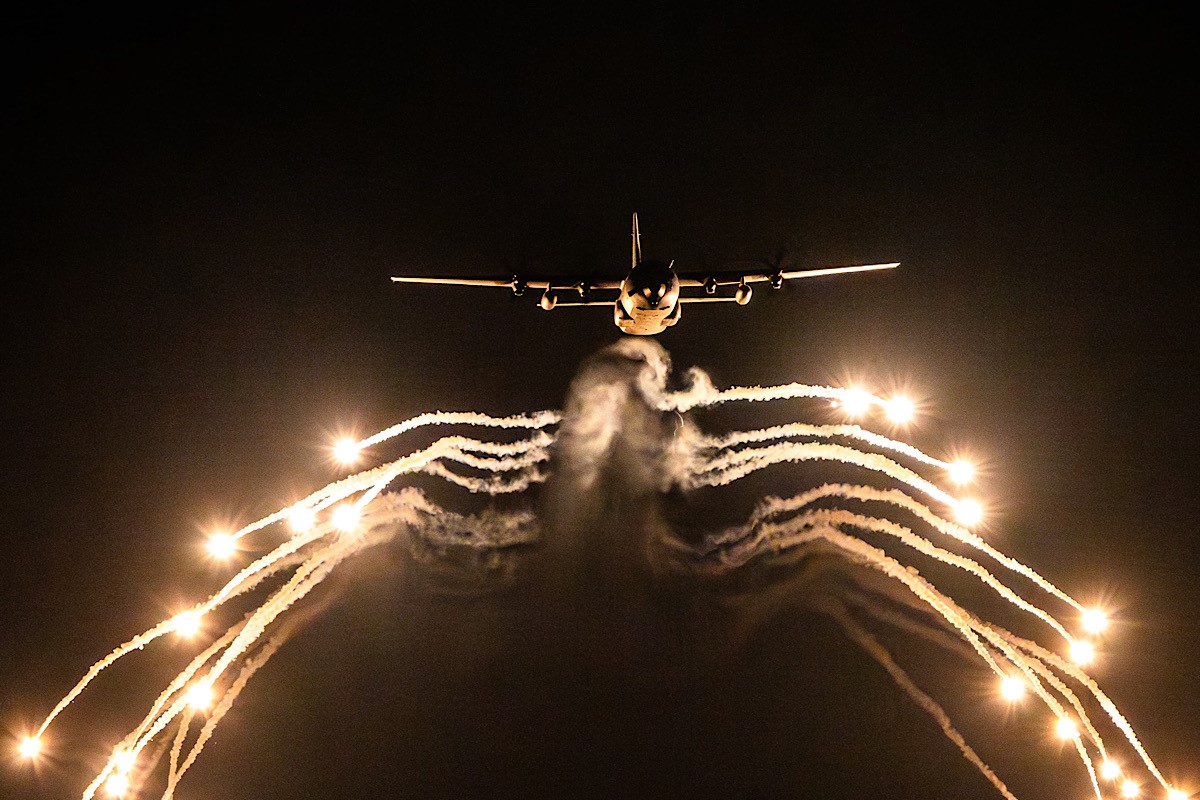Free Courses Sale ends Soon, Get It Now


Free Courses Sale ends Soon, Get It Now



Disclaimer: Copyright infringement not intended.
Context
IAF conducts 'EXERCISE - VAYU SHAKTI-24' in Rajasthan.
Details
'EXERCISE - VAYU SHAKTI-24'
Akash Missile
SAMAR missile systems
|
PRACTICE QUESTION What are the key challenges and strategies for enhancing India's defense security in the 21st century geopolitical landscape? 200 words |
© 2024 iasgyan. All right reserved